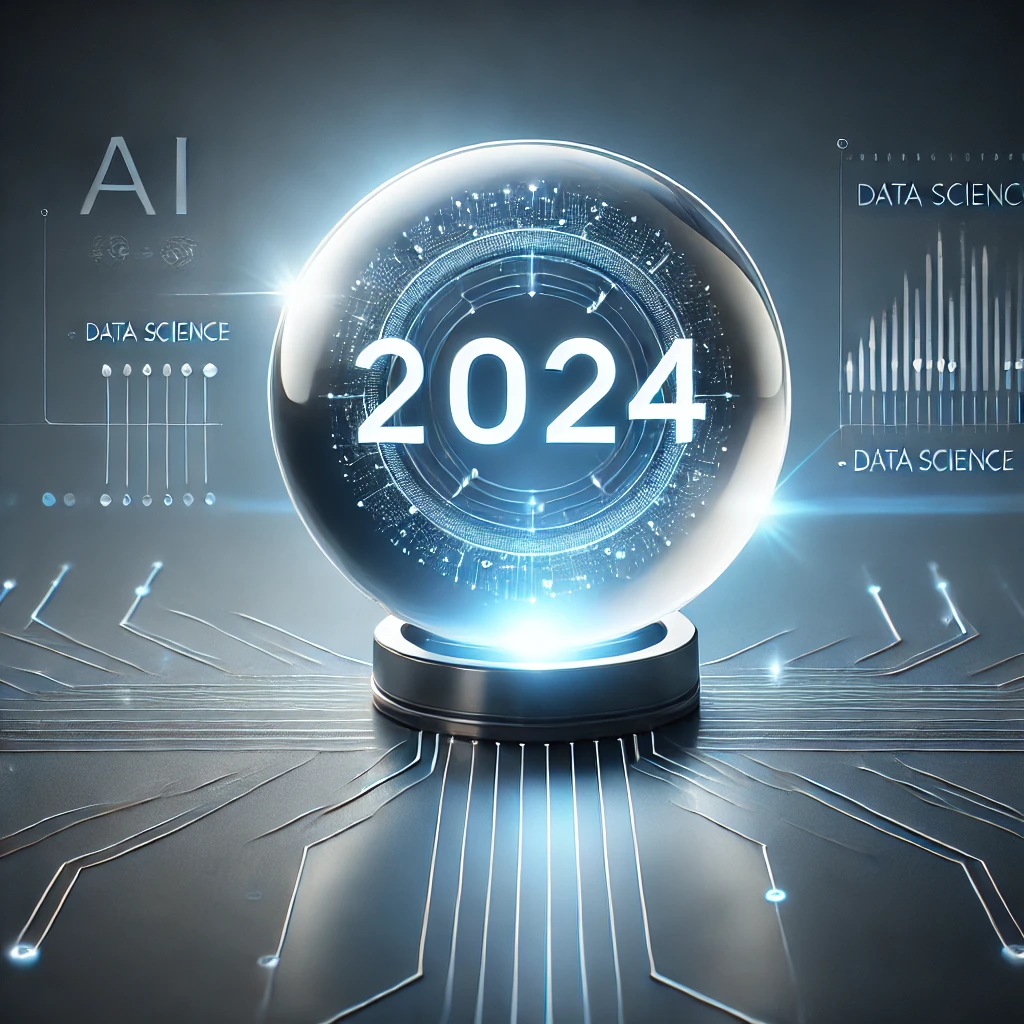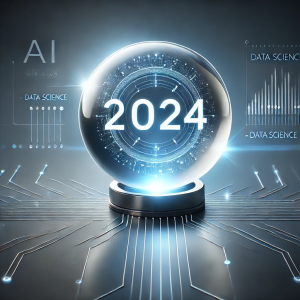How are AI Predictions for 2024 Holding Up?


So we asked some Large Language Models (LLM) for their assessment. Not a single LLM, but three, to get a variety of opinions. Then, we asked one of the LLMs to consolidate and summarize the jury of opinion of the three.
We needed the LLM to be current in its content, or have the ability to go search for the most recent information on the web. For example, Claude Sonnet 3.5 is only current through April of 2024 as of this writing. And to its credit, it responded immediately acknowledging its historical limitations before giving its response (which we did not include).
The three LLMs were:
- Perplexity.ai Pro: uses Claude in conjunction with real-time internet searches);
- SearchGPT from OpenAI: recently released, uses GPT-4o in conjunction with search;
- Google Gemini: 1.5 Flash
LLM Assessments of the 2024 Predictions
So how did Tom and Randy do? Here is the summary from the Final LLM consolidation:
The three models provide an assessment of the MIT Sloan Review article’s predictions for AI and data science in 2024. Here’s a consolidated summary:
- Generative AI delivering value:
All three models agree that generative AI has seen significant adoption in 2024, with many companies moving beyond experimentation. While the initial excitement around generative AI has shifted towards practical applications, it has started delivering tangible business value, especially in areas like content creation, customer service, and product development. There is a consensus that while adoption has increased, the emphasis is now on achieving return on investment (ROI) through real-world applications.
- Data science shifting from artisanal to industrial:
The industrialization of data science has accelerated, with companies increasingly adopting platforms, processes, and methodologies to streamline data science work. This includes the use of MLOps and other automated tools to enhance productivity and reduce reliance on individual expertise. The trend of making data science more efficient and scalable is confirmed across the responses.
- Two versions of data products dominating:
All three models acknowledge that this prediction is coming true. Organizations are developing two types of data products: those tailored for internal use and those designed for external commercialization. Companies are focusing on making data products more effective by either leveraging them for internal decision-making or monetizing them externally with advanced analytics and AI features.
- Data scientists becoming less “sexy”:
This prediction is seen as partially realized. The models note that while traditional data scientists remain valuable for complex tasks, the rise of automated tools and citizen data scientists is reducing the reliance on highly specialized data scientists. There is still demand for data science skills, but it is evolving toward more specialized roles and tools that enable broader participation from non-experts.
- Data analytics and AI leaders becoming less independent:
All models agree that this trend has continued, with many organizations consolidating their data analytics and AI leadership under a single executive or ‘supertech leader.’ This move has been aimed at improving collaboration and aligning data strategies more closely with business objectives. The role of Chief Data Officers (CDOs) is expanding to encompass broader responsibilities within organizations.
In summary, the majority of the predictions have either come to fruition or are on track. Generative AI is increasingly being applied in practical, value-driven ways, data science is becoming more industrialized and efficient, and leadership roles are consolidating for improved synergy across functions. Some trends, such as the shift in data scientist roles, are still evolving, but the overall outlook is positive.
One more Generative AI trick
So the predictions seem to be holding up!
Now, to showcase one of the latest innovations in Generative AI, listen to this ten minute audio summary. It is a conversation between two AIs (not humans) in a podcast format. They provide their own summary of what the LLMs have provided.
The technology is evolving rapidly. One could easily speculate that in the near future, the LLMs themselves will be making and publishing predictions like these.
For more information on Generative AI, check out some of our Generative AI offerings.
If you would like more detail on how this was done, including a copy of the detailed reponses from each of the models, contact us using the form below.